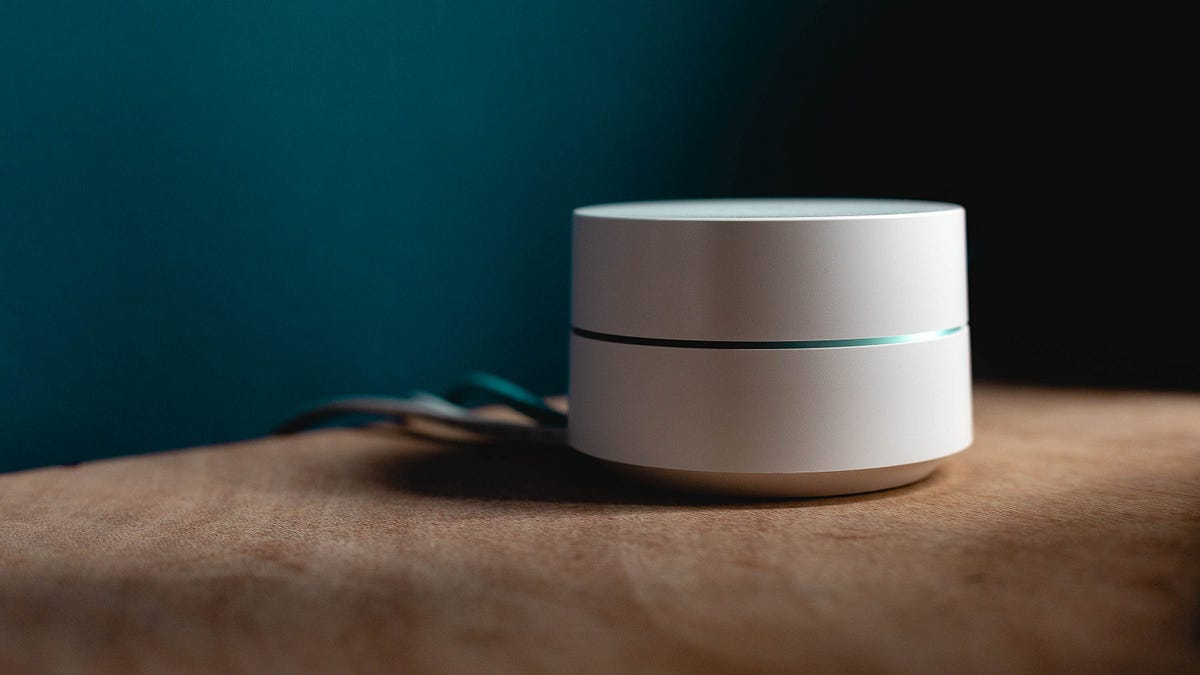Play all audios:
THE START Welcome to the FIRST OFFICIAL POST OF CROUDTHINGS _and the croud goes wild!! (see what we did there? ;) )_ We’re really excited to be publishing our first article in our
‘Beginner’s Guide to IoT’ series. If you caught the intro post that preceded this one, you’ll have an idea of what we’re aiming to achieve through this series, but if not, don’t worry — the
Beginner’s Guide to IoT sets out to provide a fundamental understanding of the Internet of Things. We won’t get too technical, and instead aim to provide you with all of the information you
need to fully understand what IoT is, where it’s going and how it’s going to affect you. Over the course of the series we’ll take a peek at what IoT will look like in the home, how IoT might
affect our jobs, why security and privacy are pressing issues, and finally, we’ll shimmy on over to see what IoT might do for our healthcare systems. Following this series, we’ll start
taking a deeper dive into IoT and smart cities in what we’re provisionally calling ‘The Three Pillars’ series (mainly because it sounds dramatic). WHAT IS IOT? To get us kicked off, we’d
better tackle the first question that’s likely on your mind; what the heck is the Internet of Things?! Well, according to the Oxford English Dictionary (a force to be reckoned with in all
areas technological), IoT is defined as “The interconnection via the Internet of computing devices embedded in everyday objects, enabling them to send and receive data.”… so I’m glad we
cleared that one up… Clearly, that definition falls some way short of the mark, so let’s delve a little deeper and get a feel for what IoT looks like. For your everyday consumer human, IoT
comes in the form of connected devices; your washing machine connects to your phone letting you know when it’s done, your fridge connects to your online shopping account and orders milk when
you’re running low, and your smart lock sends a notification to your smartwatch when the front door’s been left open. While this sounds all very fancy and useful, this concept of connecting
things (hence, the Internet of _things) _actually has a lot more potential, especially when applied on a larger scale. Take for example, a smart traffic light system; such a system would be
capable of varying its timings and order dependant on how busy the road was, and in what directions. The significant impact here is that through intelligently designing the system, traffic
is able to move more efficiently, which has two important consequences. One, people arrive at their destination happier having not spent the entire journey stuck in traffic, and two, the
amount of pollution created by the cars is reduced because the average running time of the engines is less. The opportunities opened up by the Internet of Things are wide and varied, and
many are still being discovered. At CroudThings, we really believe that IoT has the potential to change how we perceive the world around us, and ultimately help us better understand how we
work as a society and as humans. From this, we learn not only more about how to make our systems, cities and societies more efficient, but we learn how to make the people who live in them
healthier and happier. How we actually realise this as an outcome is a challenging problem and one that is hotly debated and worked on by engineers, policymakers, and technologists the world
over. As it stands today, there is no official consensus on what the RIGHT way of doing IoT is. Instead, there are many huge (and fewer small) companies all setting out to do it in their
own proprietary, and subsequently paid, way. While this works well for individual applications where only a single company needs to be consulted to implement an IoT system, when you consider
this happening on the scale of cities, you run the risk of a city’s core infrastructure being critically dependant on a single company. Seeing something like this brings the phrase ‘too big
to fail’ to mind and our palms start to sweat. The alternative to this is open sourcing IoT software and establishing clear standards on how IoT systems should be built. This route offers
advantages over proprietary methods because it encourages collaboration between IoT companies, as well as reducing the cost for new companies or products to enter the market and so giving
consumers a greater choice. Simply put, sharing information and learning about IoT for free, benefits everyone from the manufacturer to the consumer. Opening up IoT standards to a broader
community allows the standards to be scrutinised and assessed ultimately making them more robust and safer — which is an indispensable outcome. THE END We hope you enjoyed reading this
article, and we’re very keen to hear what you thought of it. Was it too short or too long? Did we do a good job explaining a concept? Is there something we missed? Do you agree with our
assessment of how IoT is going to impact our world? Whatever you want to say, let us know down in the comments section! We’re currently working to publish articles every two weeks as this
gives us enough time to research, write, discuss and produce something we hope is worth reading. You can expect our next article on how the Internet of Things is going to revolutionise the
home on Wednesday the 31st. Follow to get the latest updates! Until then, stay in tune with us through discussions below, and you can see what we’re reading throughout the week on our WWR
page (or by following us on Twitter). _James and Kyp :)_

